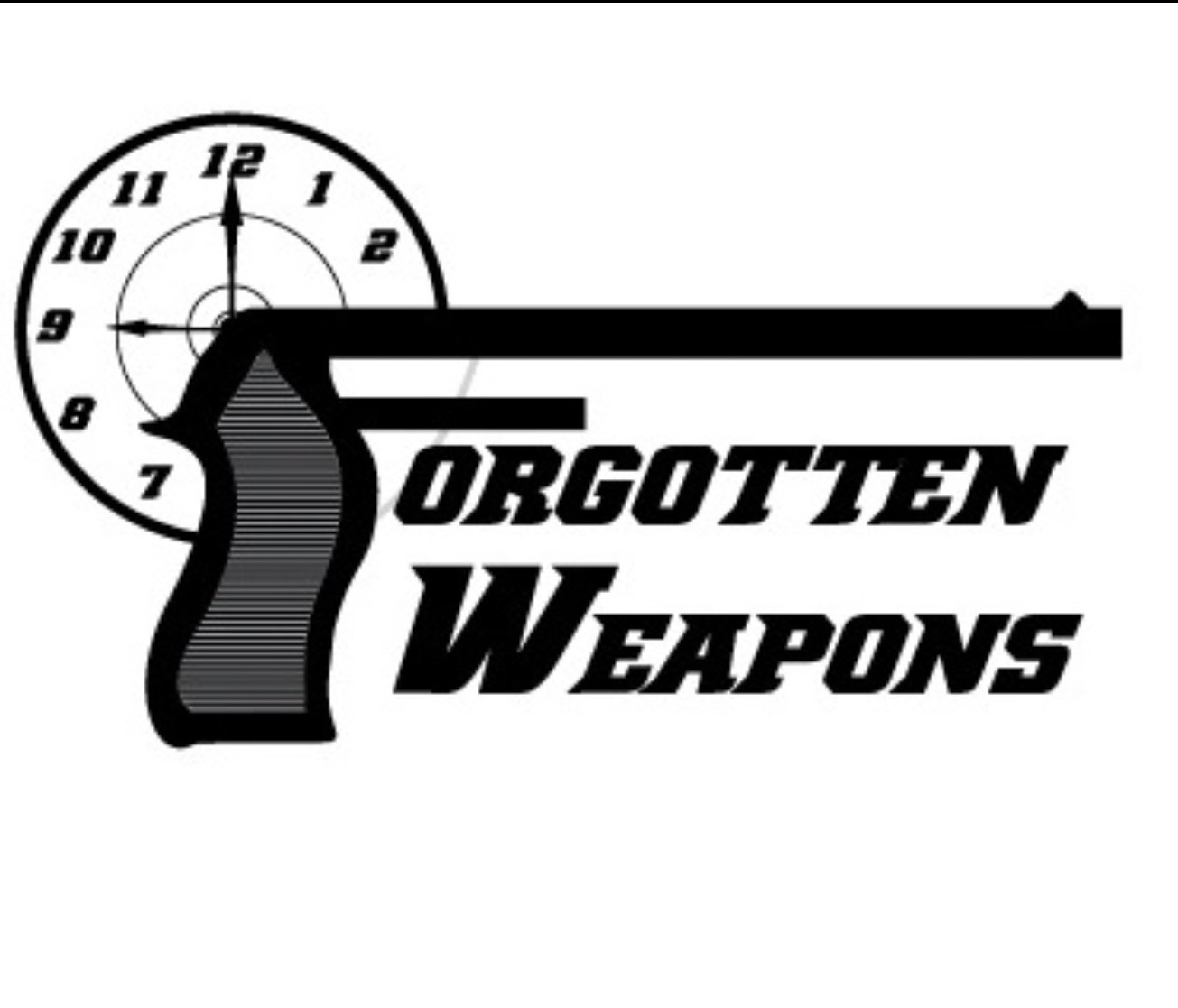By the end of the WW2 and right after it, Soviets experimented with curved barrel concept. They had some captured Nazi Germany samples of such firearms and tried to make their own versions. One of the host firearms for such a project was a PPSh SMG. This gun had a 30° curved barrel. The test firing showed that the accuracy was unsatisfactory even at close ranges (100 meters). Further development of the curved barreled PPSh was halted.
Curved barreled firearms were developed for many purposes – shooting from the trenches and corners without exposing yourself, shooting from inside the bunkers, protecting the close perimeter of tanks (which main weapons couldn’t reach) etc. Pretty much all of the curved barrel weapon projects in all the countries proved to be unrealistic and not that useful as they seemed to be on the paper.


I’d presume a desire for manufacturing streamlining and ease of repair.
If a curve barrel SMG shared 90% of parts with the base model, it is much easier both to make, and for armorers to repair. It also opens up the possibility of retrofitting guns from one purpose to the other as needed.
Militaries, especially during wartime, are very interested in having these kinds of overlaps.
Yeah, it’s almost certainly this. The image posted even still has the front sight, but it wouldn’t work at all obviously. They just made a PPSH and then bent the barrel. Still, once they figured out it wouldn’t work, which should be obvious, they could have switched to a canted barrel.
I think at that point the effort of making a wholly new design outweighed the already tenuous benefits.